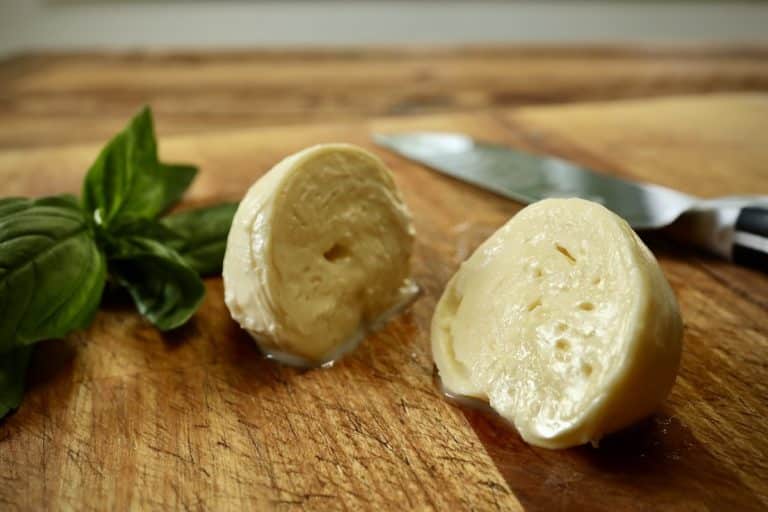How To Make Quick and Natural Mozzarella Cheese with Vinegar
Looking for a quick, natural, and authentic mozzarella cheese recipe to try at home? This is the one! We share how to make mozzarella cheese with vinegar (or lemon juice) after years of perfecting our techniques and learning how to source the freshest and most natural ingredients! Making Natural Mozzarella Cheese at Home Mozzarella cheese…

